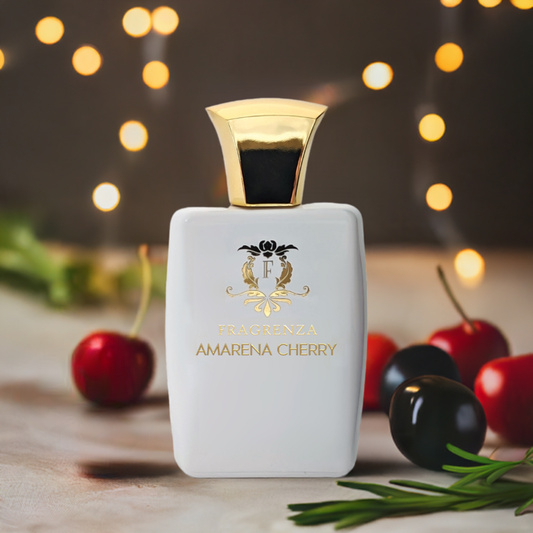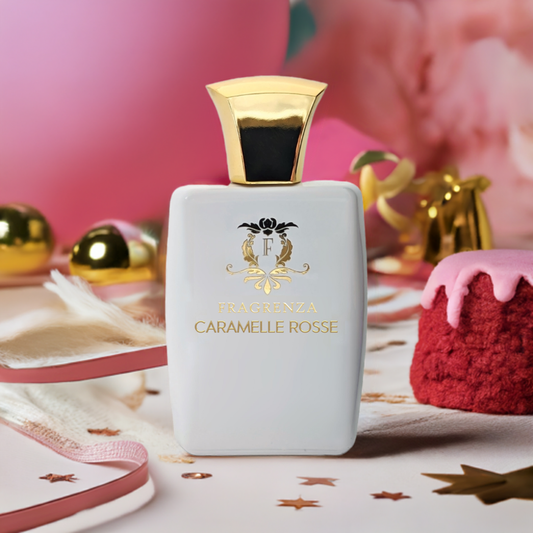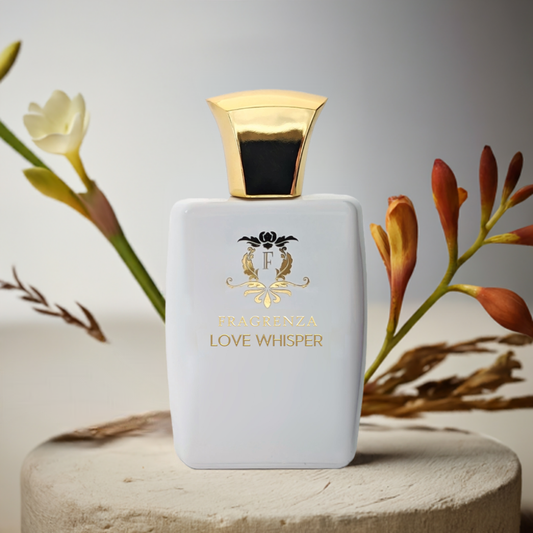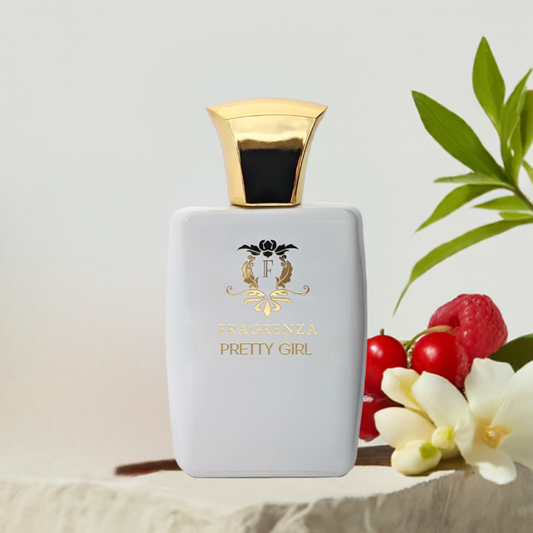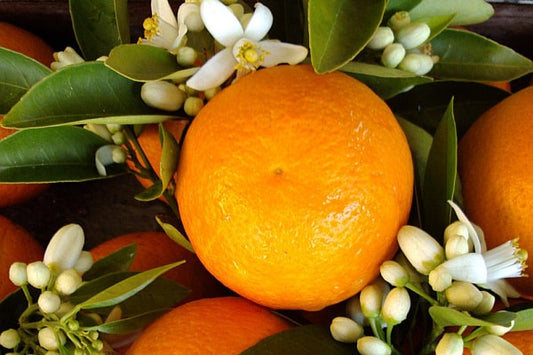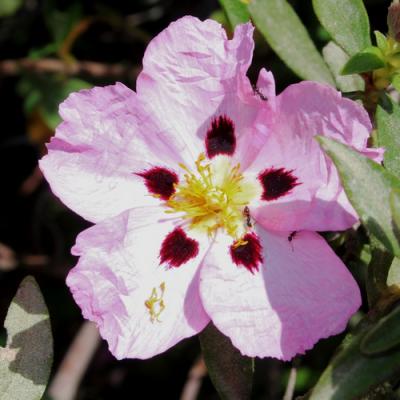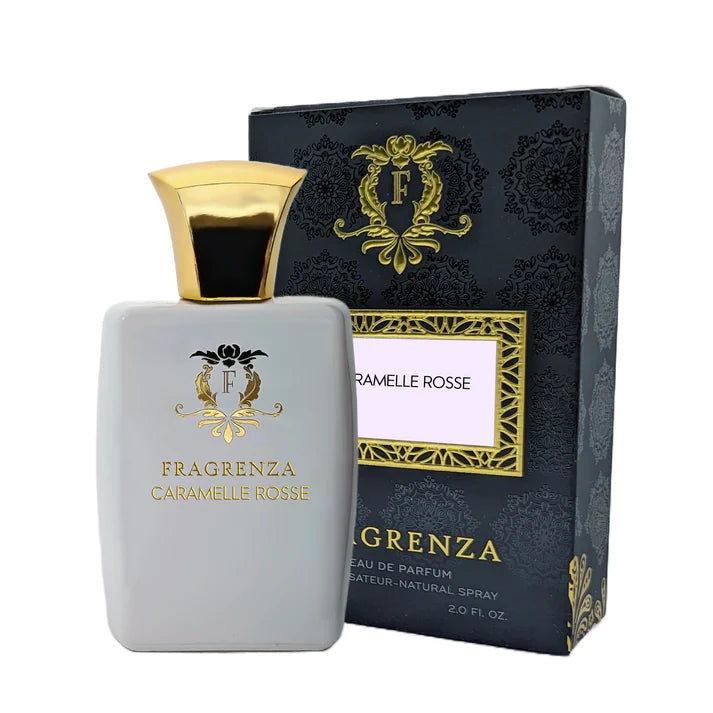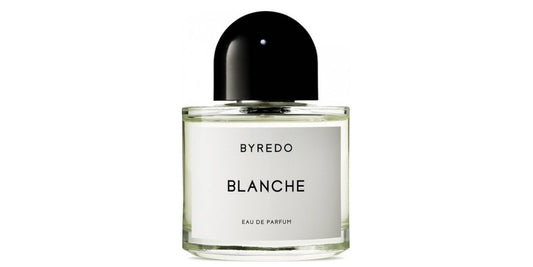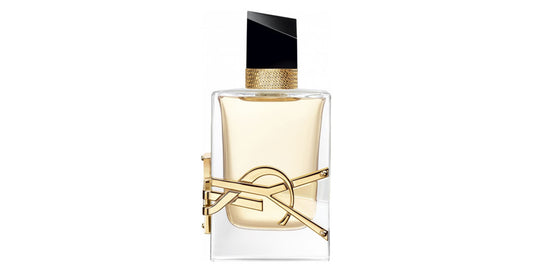Oak in perfumery

In This Article
The distinctive fragrance of oak wood, discovered in fine perfumery thanks to oak moss, is now present in certain fragrances through oak absolute. The oak wood note is a less potent woody scent compared to oak moss, offering a more syrupy essence that delights our senses with its woody, smoky, and delicately vanilla touch.
His Majesty the Oak: The Legendary and Protective Tree of the Forest
Oak is undoubtedly the most symbolic tree in European forests. It dominates wooded and forest areas with its impressive stature, which can reach up to 35 meters, and has a lifespan of up to 500 years. Some trees even live to be 1,200 years old! Numerous oak species are found worldwide;however, the oak essence used in perfumery comes from the pedunculate oak or Quercus robur, a primarily French species along with the sessile oak.
France is the leading producer of oaks in Europe, with 4.5 million hectares of this venerable tree, making it closely associated with French forest landscapes. The common oak, also known as gravalin or Marie-Antoinette oak, has been used for centuries in various constructions and productions, including the renowned wine barrels, a distinctively French specialty. The oak's smoky and slightly syrupy scent, reminiscent of dried fruit, is incorporated into fine perfumery for both men and women.
Oak Wood Extract in Fine Perfumery
An oak wood note is obtained from oak shavings and used in perfumery for oriental, woody, aromatic, and citrus fragrances. It should not be confused with the very green and woody oak moss, as the oak wood note is more subtly woody with slightly smoky facets similar to a dried fruit note.
This distinction between the two perfumery products is also evident in the use of oak notes in oriental feminine perfumery, where oak moss rarely appears in compositions. Eau des Merveilles by Hermès and Ange ou Démon by Givenchy, for example, utilize oak notes as top or base notes in their oriental scents. Hermès combines oak with other precious woods like Atlas cedar or Peruvian balsam, while Givenchy pairs it with vanilla, rosewood, and tonka bean.
Oak notes also feature in woody or aromatic men's citrus fragrances. In Chêne by Serge Lutens, it appears as a heart note alongside beeswax, birch, and rum, as well as in the mixed fragrance Miel de bois by the same designer. In CK Free by Calvin Klein, oak wood blends with azobé and Texas cedar woods, coating white musk and patchouli. A * Men Pure Wood, a delightful woody-oriental scent, features a raw oak note combined with cypress.
Oak wood absolute, derived from oak bark, can be highlighted and paired with a wide range of olfactory accords. This versatility is demonstrated by the audacity of certain compositions that dare to combine an oak note with a fruity floral scent, such as Lost Cherry by Tom Ford, or with a citrus accord, as seen in Azure Lime by Tom Ford.
Fun Facts About Oak Wood in Perfumery
1. Oak wood has been used in various industries for centuries, including shipbuilding, furniture making, and barrel production for aging wines and spirits. Its use in perfumery has added another dimension to its versatility.
2. The oak tree is considered a symbol of strength, wisdom, and endurance in many cultures, and its presence in fragrances often evokes these qualities.
3. Oak wood's compatibility with a wide range of scents means that perfumers can experiment with unique and innovative fragrance combinations, pushing the boundaries of traditional perfume compositions.
4. Oak wood's use in wine barrels gives it an association with luxury and sophistication, which translates well into the world of fine perfumery.
5. The extraction of oak wood essence is a sustainable process, as it utilizes oak shavings that would otherwise be discarded, making it an environmentally friendly option in the world of perfumery.
In conclusion, oak wood's unique fragrance and versatile nature have made it an increasingly popular choice in fine perfumery. Its rich history, symbolism, and sustainable extraction process make it an appealing option for perfumers looking to create innovative and sophisticated scents. As oak wood continues to be incorporated into a diverse array of fragrance compositions, it is clear that it will remain a prominent and cherished ingredient in the world of perfumery for years to come.


